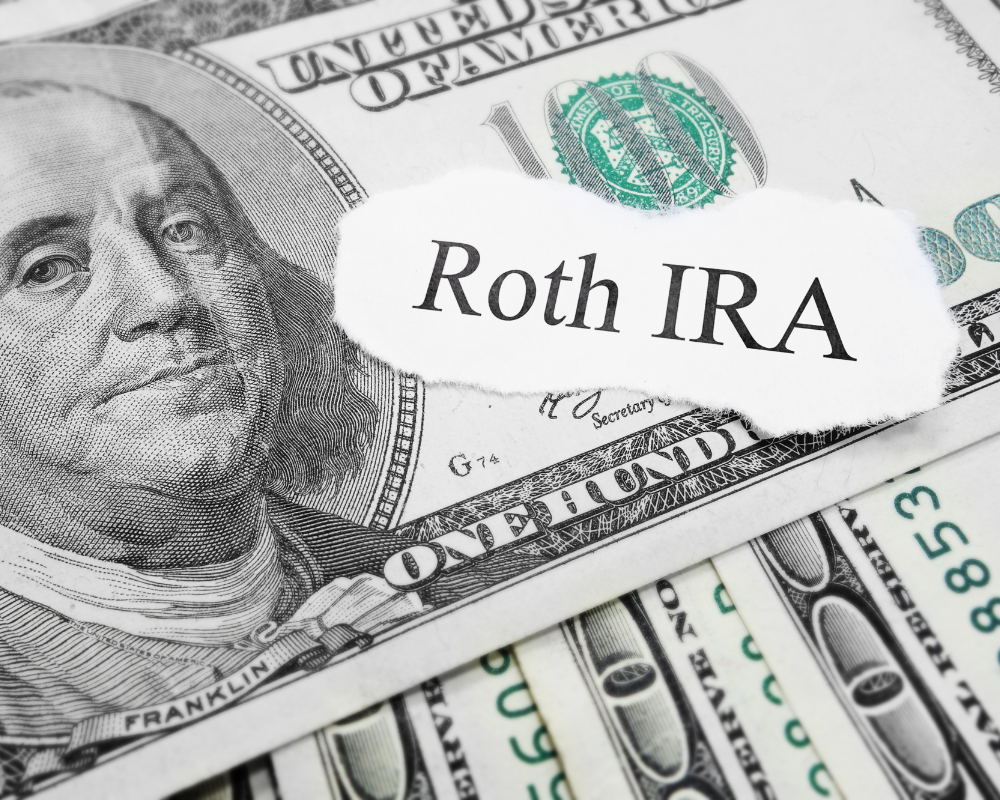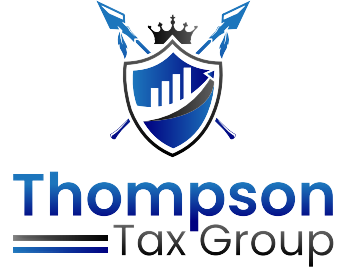
The Secure 2.0 Act has introduced significant changes to Roth Contributions, offering employees and employers new opportunities for tax-advantaged retirement savings. Before these changes, employees had limited options for making Roth Contributions. They could either contribute to a Roth 401(k) through their employer-sponsored plan or, if eligible, contribute to a Roth IRA. These were typically the only available avenues for most employees.
However, the Secure 2.0 Act introduced new provisions allowing Roth Contributions to additional accounts. More importantly, employers can now make Roth Contributions on behalf of their employees. This is a major shift in retirement planning, expanding access to tax-free growth for more individuals.
What’s Changed with Secure 2.0 Roth Contributions?
Previously, employer contributions to retirement accounts were always made on a post-tax basis. With the Secure 2.0 Act, employers now have the option to make Roth Contributions on behalf of employees for the following types of plans:
- SEP IRAs
- SIMPLE IRAs
- 401(k) plans
- 403(b) plans
- 457(b) plans
This means that both employees and employers can contribute after-tax dollars into these accounts, allowing for tax-free growth and tax-free withdrawals in retirement.
Tax Implications of Secure 2.0 Roth Contributions
Understanding the tax treatment of these contributions is crucial. Employee Roth Contributions remain the same—employees contribute post-tax income, and their contributions grow tax-free. However, employer Roth Contributions follow different taxation rules:
- Employer Roth Contributions will not be subject to Social Security, Medicare, or unemployment taxes.
- Employers will not withhold taxes at the time of contribution.
- Instead, employees will receive a 1099-R form from their employer stating how much was contributed to their Roth account on their behalf as employer contributions.
- The employer’s contribution will be included in the employee’s taxable income for the year.
How to Handle the Taxes on Roth Contributions
Since employer Roth Contributions are taxable in the year they are made, employees have two options to manage the tax impact:
- Make an Estimated Tax Payment – Employees can proactively pay the additional tax throughout the year to avoid surprises at tax time.
- Increase W-2 Withholdings – Employees can adjust their paycheck withholdings to account for the extra taxable income.
Secure 2.0 Act Implementation Timeline
Although the Secure 2.0 Act went into effect in 2023, full guidance from the IRS wasn’t available until early 2024. As a result, many employers were hesitant or unable to implement these Roth options immediately. However, as we move into 2025, more employers are beginning to offer Roth Contributions for both employee and employer contributions.
Final Thoughts: Maximizing Your Roth Retirement Benefits
The ability for employers to contribute to Roth accounts is a significant change that enhances retirement savings strategies. Employees should be aware of the tax implications and plan accordingly. Whether through estimated tax payments or adjusting withholdings, it’s essential to prepare for the added tax burden on employer Roth Contributions. As more employers adopt these changes, employees will have greater flexibility in how they save for retirement.
Action Steps for Employees and Employers
- Employees: Check with your employer to see if they now offer Roth employer contributions.
- Employers: Consider how offering this option can benefit your workforce and enhance your retirement benefits package.
By understanding these new Secure 2.0 Roth Contribution rules, both employees and employers can maximize their retirement savings strategies and take full advantage of these tax benefits.
